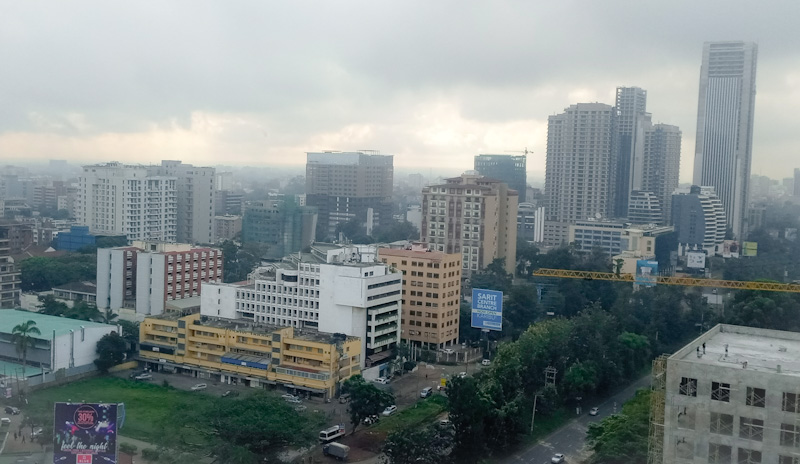This content has been archived. It may no longer be relevant
Kenya Mortgage Refinance Company (KMRC) had announced plans to issue a green bond in 2021 with the aim of raising funds for lending to retail lenders for onward lending to their customers.
The funds raised from the bond will add to the existing pool of approximately Kshs 37.2 billion, including Kshs 2.2 billion in equity capital, Kshs 25.0 billionn committed by the World Bank and Kshs 10.0 billion from African Development Bank.
The KMRC bond will be placed privately with institutional investors, fund managers and pension funds, but is currently not contemplated to be offered to the public.
A green bond is a type of fixed-income instrument that is specifically issued to raise money for positive climate and environmental projects.
The green bond market was launched in Kenya in February 2019, through the Green Bonds Programme – Kenya, which is a joint initiative between the Central Bank of Kenya, Nairobi Securities Exchange, Climate Bonds Initiative and Kenya Bankers Association, with several other organizations endorsing the program.
The KMRC green bond will be the second of its kind in Kenya, with real estate developer Acorn Holdings and private equity fund Helios having issued the first green bond in Kenya raising Kshs 4.3 bn of the targeted Kshs 5.0 bn in January 2020; the rate at issuance was 12.3%.
The main advantage of green bonds is that they attract a wide range of investors seeking to positively impact the environment and allows traditional investors like pension funds to diversify their portfolio.
The issuing of the green bond by KMRC will be a step in the right direction towards raising of funds from the capital markets to finance the facility, which is set to lend money to local financial institutions at an annual interest rate of 5.0%, enabling them to issue home loans at 7.0%, 6.0% points lower than the market rate of approximately 13.0%.
However, in our view, to be able to lend at 5.0%, the green bond will have to be issued at a relatively low rate which is likely to make it unattractive to investors noting that Acorn’s green bond was issued at 12.3% and attracted 85.0% subscription, in addition to facing competition from other bonds such as the 91- day bill whose yield stands at 6.3%, 1.3% above the intended 5.0%.
According to Central Bank of Kenya, the value of outstanding non-performing mortgages stood at Kshs 38.1 bn as at 2018, with the mortgage to GDP ratio at 3.2%, and thus we are of the view that KMRC will have to raise a significant amount of funds to sustain the 7.0% interest rate, otherwise, once the initial capital is exhausted, the facility will need to move back to the market rate of approximately 13.0%.
Source: Cytonn Real Estate




